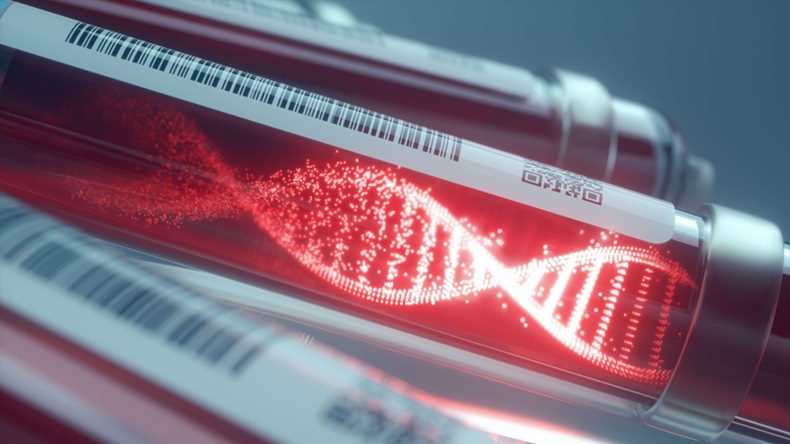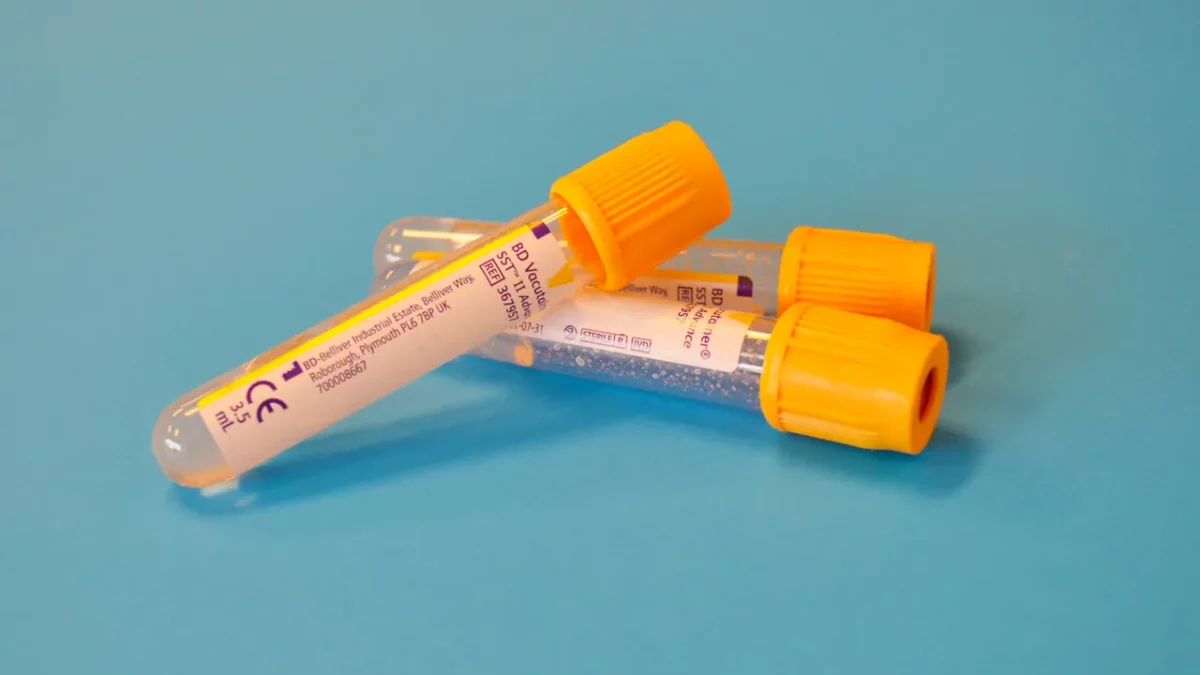A significant obstacle to the detection and characterization of cell-free DNA (cfDNA), also known as liquid biopsy, has been overcome, claims a team of researchers at the University of California at Los Angeles. In July 2024, the report was released in the prestigious journal Proceedings of the National Academy of Sciences.

What is Liquid Biopsy
A tissue biopsy, a process to remove cells for further in-depth analysis, may be one of the first things a doctor does when a patient presents with a suspicious bulge or symptoms. The appearance of the cells under a microscope can reveal the type of cancer present, reveal whether cancer is present, and provide information about the patient’s prognosis.
Tissue biopsies, which may need a big needle, an endoscope, or open surgery, can be intrusive, hazardous, expensive, and unpleasant even though they are crucial for patient care. Additionally, some individuals might not be able to undertake a tissue biopsy because their tumors are difficult to reach or because they have other medical issues that make them ineligible.
To address these problems, scientists have been investigating a novel strategy that may supplement or, in some situations, replace tissue biopsies. The method, which is sometimes referred to as a liquid biopsy, depends on examining fragments of tumor material present in physiological fluids like blood or urine, including molecules and entire cells, but primarily DNA.
A non-invasive biomarker for cell death in all organs is plasma cfDNA. Understanding the tissue origin of cfDNA can show aberrant cell death brought on by illnesses, which has significant therapeutic implications for detecting and monitoring disease.
Hurdles to Overcome
Despite the enormous potential, further research is required to evaluate the efficacy of the liquid biopsy method and its capacity to recognize different tumor forms. It is still unconfirmed if the liquid biopsy accurately represents all the genetic clones present in a tumor or if there is a bias towards particular tumor subregions. In addition, there are still issues with test sensitivity.

The test’s detection ability also needs further investigation since circulating tumor cells or DNA are very few in number compared to the number of hematological molecules present in a blood sample.
Due to the incomplete characterization of tissue methylation and the dependence on unsupervised approaches, it is still difficult to sensitively and accurately quantify tissue-derived cfDNA using current methodologies. Furthermore, it is challenging to determine the tissue origin of the cfDNA fragments discovered in these studies.
Breakthrough at the UCLA Lab
In order to overcome one of the main challenges in liquid biopsy, a group of researchers led by Xianghong Jasmine Zhou, PhD, professor of Pathology and Laboratory Medicine at UCLA’s David Geffen School of Medicine, has achieved major success.

They identified specific methylation patterns that are peculiar to each tissue, which may help in identifying the precise tissue or organ associated with cfDNA abnormalities observed by testing. This discovery might help overcome the significant obstacle to effective disease diagnosis and monitoring.
In the recent work, the team created a thorough and high-resolution methylation atlas using a large dataset of 521 non-cancerous tissue samples that represented 29 different types of important human tissues. They refer to the method as cfSort and demonstrated that it was successful in identifying certain methylation patterns particular to each tissue at the fragment level. These results were then verified using other datasets.
Further, the researchers demonstrated the therapeutic implications of cfSort by highlighting two possible applications: assisting in the detection of diseases and keeping track of medication side effects. They evaluated and predicted patient clinical outcomes by measuring the tissue-derived cfDNA percentage using cfSort.
cfSort exceeded the previous approaches in terms of accuracy and detection limit, making more accurate tissue fraction estimation and differentiating a lower level of tissue-derived cfDNA, according to Shuo Li, the first author of the published study. The cfSort further showed almost flawless resistance against the hidden local variations in tissue composition, showing its broad application to a variety of people.













